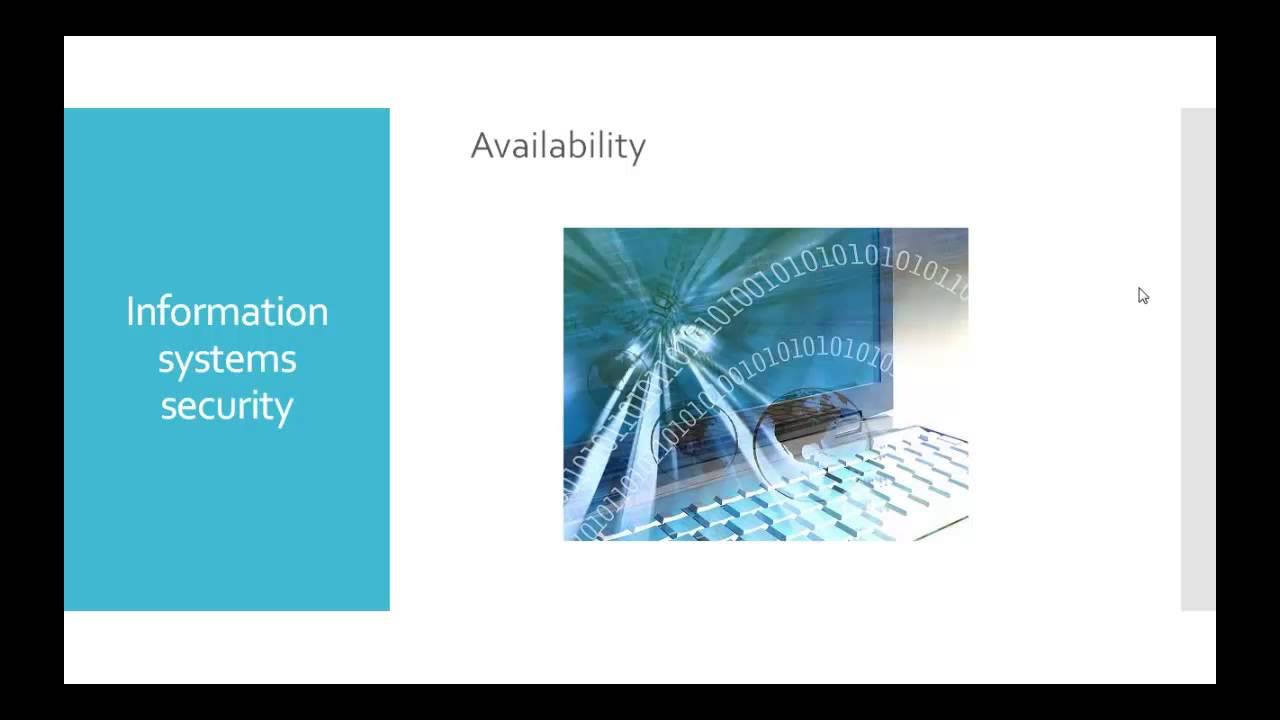Digital Detectives - RECON - Military Videos - The Pentagon Channel
Summary
TLDRThis video delves into the vital role of cybersecurity in safeguarding U.S. military networks, focusing on the Air Force's efforts to detect, analyze, and respond to cyber threats. It covers the challenges of combating increasingly sophisticated cybercriminals and protecting sensitive data, including personal information and mission-critical assets. The Air Force’s cybersecurity specialists employ digital forensics and real-time intelligence to identify malware, track attackers, and provide actionable insights to secure military operations, both domestically and abroad. The narrative underscores the constant evolution of cyber threats and the importance of staying one step ahead to protect national security.
Takeaways
- 😀 Cybercrime is a borderless threat, with hackers using various obfuscation techniques to disguise their identities and locations.
- 😀 Malware can be hidden and spread across networks in unexpected ways, such as through seemingly harmless devices like printers.
- 😀 Identifying and tracing cyberattacks often involves analyzing malware to determine its origin and purpose.
- 😀 Criminals and hackers are becoming increasingly sophisticated, making it harder to detect their actions and tradecraft.
- 😀 Military and government cybersecurity teams play a vital role in securing sensitive data, including personally identifiable information.
- 😀 The Air Force must protect its networks from a range of threats, including automated attacks and sophisticated criminals.
- 😀 Understanding adversaries' behavior and thinking like them can help cybersecurity professionals predict and counteract attacks.
- 😀 Cybersecurity teams provide crucial support in combat zones by advising on secure communications and gathering digital evidence for counterterrorism efforts.
- 😀 Attacks on military networks often involve stealing critical data, and cybersecurity teams must respond quickly to identify breaches and mitigate damage.
- 😀 Despite the challenges, cybersecurity professionals find satisfaction in identifying and solving security problems to ensure the protection of personnel and missions.
Q & A
What is the primary focus of the transcript?
-The transcript focuses on the challenges and strategies involved in cybersecurity within the U.S. Department of Defense, specifically the Air Force, and how they combat cyber threats such as malware and hacking incidents.
How do hackers typically disguise their identity and location in cyber attacks?
-Hackers use various techniques like obfuscation and malware to hide their identity and location, making it challenging to trace the source of the attack.
What role does malware play in cyberattacks against military networks?
-Malware is used to compromise systems by stealing sensitive information, disrupting operations, and propagating through networks. It can even disguise itself to avoid detection.
How did the military identify the hacker who used a printer as a launching platform for an attack?
-After detecting unusual activity, the military analyzed the malware on a printer, which had been compromised and used as a platform to launch attacks and steal information.
Why is understanding the mindset of a hacker important in cybersecurity?
-Understanding the hacker's mindset helps anticipate their actions and predict what they might do next, allowing for more effective defense strategies and identification of vulnerabilities.
What is the significance of analyzing an adversary’s tradecraft and tools?
-Analyzing tradecraft and tools used by hackers allows the military to identify patterns and potential vulnerabilities, enhancing the ability to detect and defend against future attacks.
How does the U.S. Air Force protect its networks from cyber threats?
-The U.S. Air Force relies on a team of cybersecurity experts to monitor and defend against cyber threats, analyze intrusions, and protect sensitive information, including personal data like Social Security numbers.
What are the challenges of cybersecurity within the Air Force?
-The challenges include dealing with automated attacks, protecting a vast amount of sensitive information, and addressing the increasing reliance on computers for both military operations and criminal activities.
How does the Air Force handle network breaches in combat zones?
-In combat zones, the Air Force deploys specialized personnel to preserve, collect, and analyze digital evidence, ensuring that they can respond quickly and provide commanders with vital threat information.
What is the role of cybersecurity teams in counterterrorism efforts?
-Cybersecurity teams assist in counterterrorism efforts by analyzing digital evidence, supporting intelligence gathering, and ensuring secure communications for military operations, especially in high-risk areas like Afghanistan.
Outlines

This section is available to paid users only. Please upgrade to access this part.
Upgrade NowMindmap

This section is available to paid users only. Please upgrade to access this part.
Upgrade NowKeywords

This section is available to paid users only. Please upgrade to access this part.
Upgrade NowHighlights

This section is available to paid users only. Please upgrade to access this part.
Upgrade NowTranscripts

This section is available to paid users only. Please upgrade to access this part.
Upgrade NowBrowse More Related Video
5.0 / 5 (0 votes)





